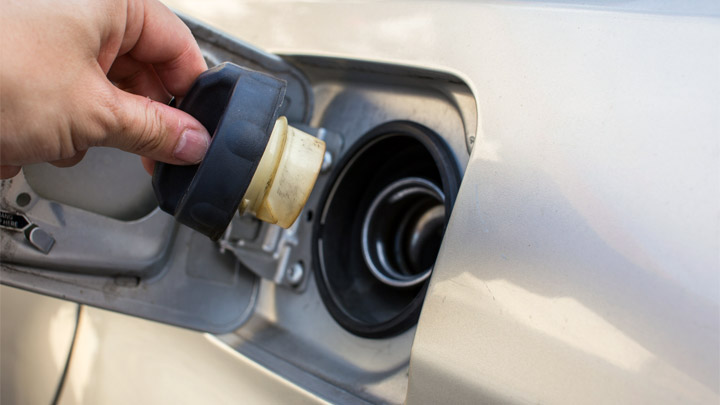Last Updated on September 27, 2022
Every vehicle has a gas cap (whether the removable type or the self-closing type), but it’s a part that most of us don’t think about each day. But just because it’s not the first thing that comes to mind doesn’t mean one can’t break, and it certainly doesn’t mean it’s not important.
It’s a small but vital component, which is why we wanted to break down everything you should know about it for you here.
Purpose of a Gas Cap
The gas cap is there simply to keep foreign contaminants from finding their way into your fuel system. It doesn’t provide any performance benefits to your engine, and it’s one of the less critical components of your vehicle when it comes to performance.
However, just because your vehicle will run fine without it, that doesn’t mean that you shouldn’t worry if your vehicle is missing a gas cap or if the gas cap it has is faulty.
Bad vs Loose Gas Cap
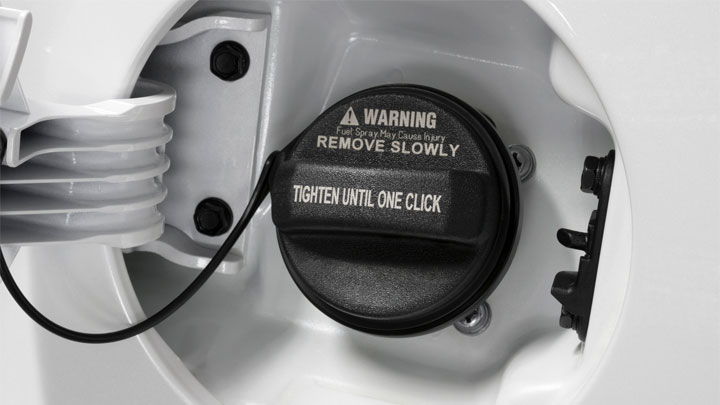
Just because your vehicle has a check engine light telling you it has a faulty gas cap doesn’t mean you should rush out and order a new one. Often the problem isn’t that you have a faulty gas cap but a loose one.
Go back and take the gas cap off and put it back on. Tighten it all the way down and then see if the problem goes away. However, if the gas cap feels loose even after you tighten it down all the way or the check engine light doesn’t go away, then you probably have a faulty gas cap.
Faulty Gas Cap Symptoms
Before we get too far into everything you need to know about replacing your vehicle’s gas cap, you need to know it has a problem to begin with. Fortunately, diagnosing a faulty gas cap is pretty straightforward. We’ve highlighted three of the most common symptoms for you here.
#1 – Check Engine Light

Many vehicles have a feature that turns on the check engine light if you don’t have the gas cap fully on your vehicle. Sometimes all the light means is that you forgot to put it back on all the way, and other times it means there’s a problem or the sensor failed.
Of course, to figure out if the check engine light is for a faulty or loose gap or something else you’ll need to take the time to read the code first.
Common trouble codes that may be caused by a faulty (or missing) gas cap include: P0442, P0455, P0456, and P0457 among others.
#2 – Fuel Smell Outside the Vehicle
The gas cap helps keep fuel odors inside the gas tank, and without a gas cap, it’s possible you’ll start to notice the smell of fuel vapors outside your vehicle. But while it’s possible this might happen, it’s not likely to give an overwhelming fuel smell.
#3 – Improper Gas Cap Fitment
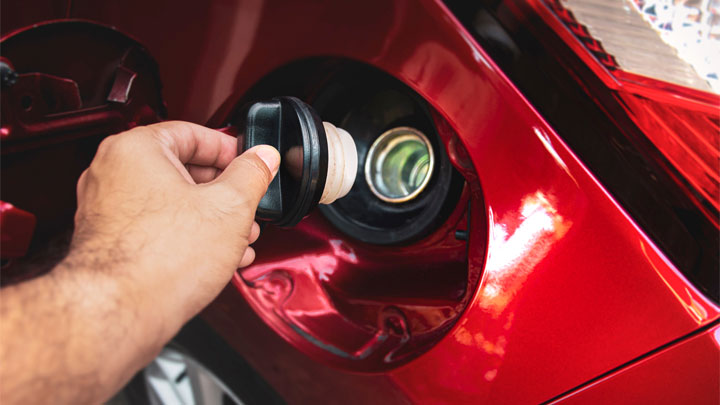
After so many years of filling up the gas tank you know how it should look and feel when you put the gas cap back on. If something doesn’t look or feel right and you can’t fix it, that’s a telltale sign there’s a problem with your gas cap.
What Other Problems Can a Bad Gas Cap Cause?
The whole reason for having a gas cap is to keep contaminants out of the fuel, and without a gas cap they can work their way in there and dilute and degrade your fuel. Over time it can damage the engine and lead to a loss of power and fuel efficiency.
While this isn’t a symptom of a bad gas cap, eventually you might start noticing these symptoms if your vehicle is missing a gas cap for an extended amount of time.
See Also: 6 Ways to Dispose of Old or Bad Gasoline
Can You Drive With a Faulty Gas Cap?
Absolutely. This is especially true if the sensor inside the gas cap is the problem. Just keep in mind that if it is causing a check engine light, your vehicle won’t have another way to tell you as soon as the problem comes up.
If the gas cap is just a little loose and your engine doesn’t have a check engine light you can drive with it, just keep in mind that water and other gunk and grime might be able to make it into your fuel tank.
We recommend repairing or replacing the gas cap at your earliest convenience to prevent any problems from popping up down the road.
Can You Drive With a Missing Gas Cap?
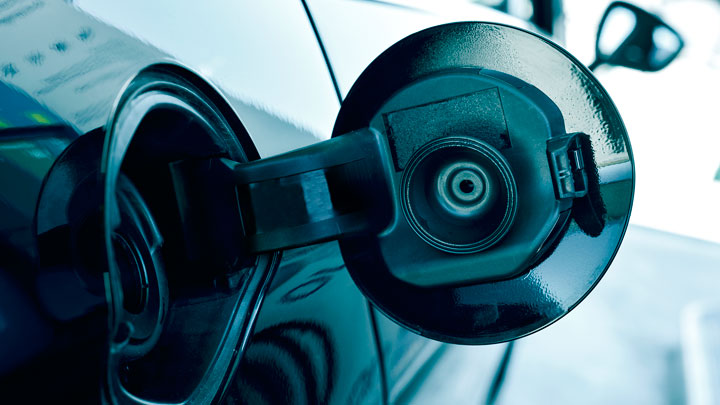
While you can drive with a missing gas cap, you probably shouldn’t. It’s not because fuel will end up everywhere, because it won’t. Instead, it’s about what might get INTO the fuel.
The gas cap does an extremely good job of keeping out moisture and other debris, but without the gas cap, water has an entry point into the fuel. Without a gas cap, it’s only a matter of time until there’s water in the fuel tank or other debris that can negatively affect engine performance.
Are Gas Caps Universal?
While you might not look too much at your gas cap if you need a new one you can’t just grab one off any vehicle. Gas caps are not universal, and most manufacturers require you to get a specific gas cap for your type of vehicle.
However, some vehicle manufacturers use the same gas cap across their entire vehicle line, so you might be able to use a gas cap from a different vehicle from the same manufacturer without any problems.
But if you’re trying to make a Ford gas cap work on a Dodge or Chevy, you’re probably out of luck.
Gas Cap Replacement Cost
Best places to order parts? See: 19 Best Online Auto Parts Stores
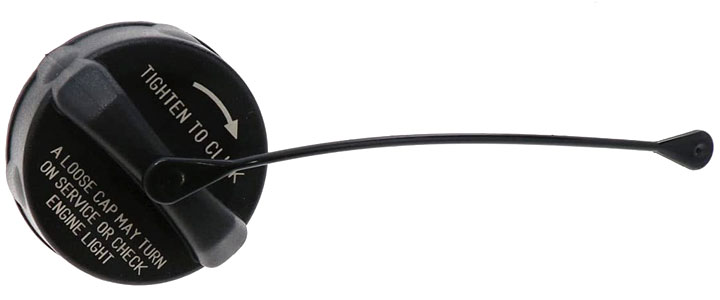
It really depends on what kind of vehicle you drive and where you can get the gas cap from. Because of this, the average gas cap replacement cost can range anywhere from $10 to $100.
The lowest-priced option comes if you can find a gas cap at a junkyard and you do the work yourself, while the more expensive option is for vehicles with advanced sensors and ultra-specific gas caps. In those cases, you might need to go to a dealership to get the part, and they’re likely to charge you a bit more.
Where To Buy a Gas Cap
If you need a new gas cap for your vehicle there are a few different places you can check out. The most obvious place to look is the dealership. Federal law requires auto manufacturers to keep parts for all vehicles less than ten years old, and they use the dealership to push those parts out.
But while dealerships are sure to have the part for your vehicle, it’s one of the pricier options. If you’re looking to save a little money, there are two other options for you to check out. First, check various online auto parts stores or their local counterparts if available.
Stores like AutoZone and Advance Auto Parts carry all sorts of aftermarket parts, and often they’ll have a gas cap for your vehicle for a fraction of the cost of an OEM part.
Finally, check out local junkyards. These are often the cheapest way to get a gas cap for your vehicle. While it won’t be new, it’ll still be in working condition and is extremely easy to take off the other vehicle and put on yours.

